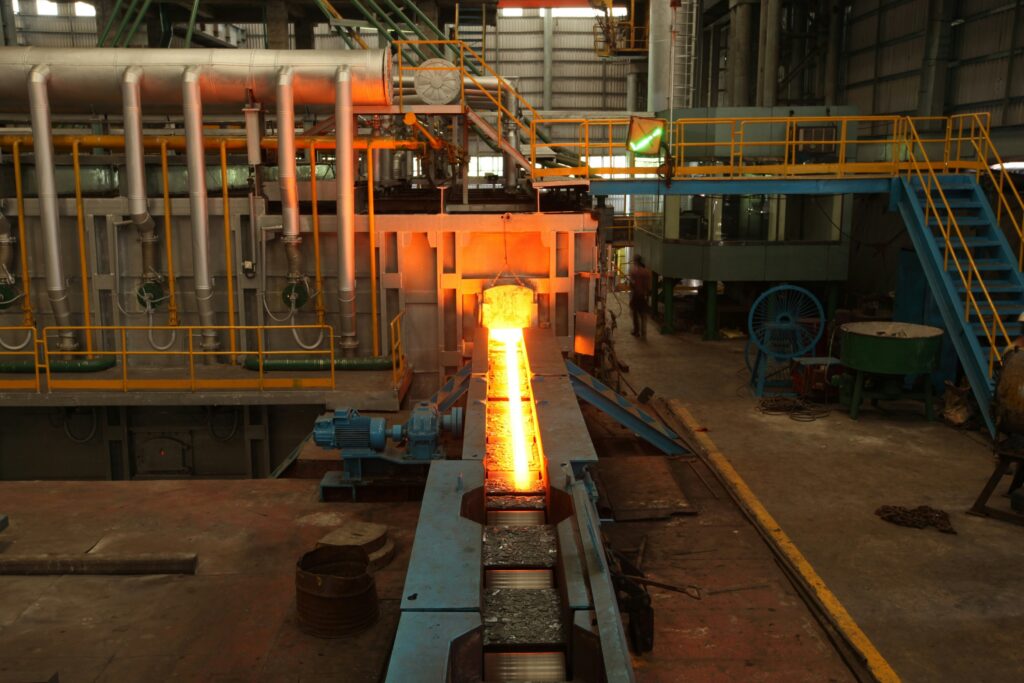As the urgency to address climate change grows, carbon credit markets have emerged as vital tools for reducing greenhouse gas (GHG) emissions worldwide. These markets create economic incentives for businesses and governments to cut their carbon footprint, enabling emissions trading and fostering sustainable investments. However, the global carbon credit landscape is complex and evolving, with significant regional variations, diverse pricing mechanisms, and a range of regulatory frameworks. Understanding the market dynamics, pricing, and regional differences is essential for companies, investors, and policymakers aiming to push climate action through carbon credits.

Carbon credit markets are systems where emission allowances or carbon offsets can be bought and sold. Each carbon credit typically represents the reduction or removal of one metric ton of CO2 equivalent (CO2e) from the atmosphere. These markets encourage emitters to reduce emissions by assigning a cost to pollution. If companies emit less than their allocated allowances, they can sell the excess credits. Conversely, companies exceeding their emissions must purchase additional credits or face penalties.
There are two main types of carbon markets:
The dynamics of carbon credit markets depend on the supply of credits and the demand from regulated entities or voluntary buyers. Supply originates from emission reduction projects such as renewable energy, reforestation, or methane capture. Demand comes from companies seeking to meet regulatory requirements or demonstrate sustainability leadership.
The market size is growing rapidly. The World Bank’s State and Trends of Carbon Pricing 2024 report highlights that carbon pricing initiatives covered 24.6% of global GHG emissions in 2023, with trading volumes surging annually. Major compliance markets like the European Union Emission Trading Scheme (EU ETS) and California’s Cap-and-Trade Program dominate volume, while voluntary markets are expanding with innovations such as blockchain-based registries and nature-based solutions.
Carbon credit prices vary widely across markets and projects. Price volatility arises due to policy changes, economic cycles, project verification uncertainties, and technological developments. For example, the EU ETS price has fluctuated between €20 to over €100 per metric ton in recent years, influenced by stricter climate policies and supply-demand imbalances.
Key drivers affecting carbon credit prices include:
The EU ETS, launched in 2005, is the world’s largest and most established carbon market. It operates on a cap-and-trade system, covering around 11,000 power plants, industrial facilities, and airlines across 27 EU countries plus Iceland, Liechtenstein, and Norway. The EU ETS sets an annual emissions cap that reduces over time to meet the EU’s climate goals.
Key Features:
While the EU ETS encourages clean technology investment and creates a transparent carbon price signal, market participants may face regulatory uncertainty from evolving EU policies and potential carbon leakage risks where emissions move outside the EU.
California’s Cap-and-Trade Program, operational since 2013, is a pioneering regional carbon market in the United States. It covers about 85% of the state’s GHG emissions, including electricity generation, industrial sources, and fuel distributors.
Key Features:
The program provides flexibility for emitters, promotes innovation, and is aligned with California’s ambitious climate targets; however, political shifts, litigation risks and allowance oversupply in some periods have created uncertainty and kept prices relatively low, potentially weakening incentives for newcomers to join the market.
Vietnam is an emerging market in the carbon credit space, aligning its efforts with global climate commitments and national sustainable development goals. The government has been developing policies to establish carbon pricing and trading mechanisms.
Key Features:
Vietnam’s growing economy and energy sector offer significant potential for carbon reduction projects and foreign investment. Regardless, regulatory frameworks are still nascent, and infrastructure for measurement, reporting, and verification (MRV) needs strengthening. Market liquidity and transparency are also concerns.

Carbon credit markets offer various opportunities for climate tech and economic development, accelerating innovation and meaningful climate action:
Despite the growth and promise, carbon credit markets face several challenges:
Looking ahead, the carbon credit landscape is expected to evolve significantly:
Global carbon credit markets offer powerful mechanisms to reduce greenhouse gas emissions by harnessing economic incentives and fostering innovation. The EU ETS, California Cap-and-Trade, and emerging markets like Vietnam illustrate the diversity of approaches and opportunities. However, challenges such as market fragmentation, verification integrity, and regulatory uncertainties must be addressed to fully unlock the potential of carbon pricing.
For businesses and investors, staying informed about regional regulations, market dynamics, and carbon pricing trends is critical for strategic participation. As international cooperation and regulatory frameworks mature, carbon credit markets will play an increasingly pivotal role in driving the global transition toward a low-carbon future.